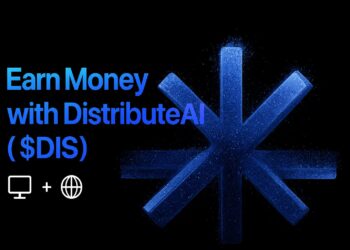Introduction
In today’s internet landscape, content delivery speed and reliability are crucial. Websites, applications, and streaming services rely on Content Delivery Networks (CDNs) to make sure data reaches users quickly and efficiently. Traditionally, CDN services are operated by centralized companies such as Cloudflare or Akamai. While effective, these centralized systems come with limitations: they are expensive, rely on limited infrastructure, and can become single points of failure.
Enter Datagram Network, a new project that combines blockchain technology and decentralized infrastructure to reinvent how CDN services are provided. Positioned within the DePIN (Decentralized Physical Infrastructure Network) sector, Datagram Network allows anyone to contribute their unused computing resources—like bandwidth, storage, and processing power—to help distribute content worldwide. In return, participants can earn rewards.
This guide will explain what Datagram Network is, how it works, how you can run a node, and the potential benefits of participating.
1. What Is Datagram Network?
Datagram Network is a decentralized CDN project that belongs to the rapidly growing DePIN ecosystem. Instead of relying on large, centralized data centers, Datagram leverages a distributed network of user-run nodes to deliver content faster and more securely.
Key highlights:
-
Project Name: Datagram Network
-
Category: Decentralized CDN (DePIN)
-
How It Works: Users install and run nodes on their devices, contributing bandwidth and storage to help deliver content.
-
Rewards: Participants accumulate points during the testnet phase, with the expectation of a future token airdrop once the mainnet launches.
-
Current Status: Testnet (open to early adopters and node runners).
This model mirrors successful DePIN projects like Helium (wireless networks), Grass (data bandwidth sharing), and Meson (web acceleration), where users provide real-world infrastructure in exchange for blockchain-based incentives.
2. Why a Decentralized CDN?
A Content Delivery Network (CDN) distributes web content—such as images, scripts, and videos—across multiple servers globally. The closer the server is to the end user, the faster the content loads.
Traditional CDN Challenges:
-
Centralized control: Managed by corporations that may prioritize profit over fair distribution.
-
High costs: Premium services are unaffordable for small developers or startups.
-
Limited resilience: If a central provider experiences downtime or censorship, end users are affected.
Decentralized CDN Advantages:
-
Community-powered: Anyone can join and provide resources.
-
Cost efficiency: Shared infrastructure reduces expenses.
-
Scalability: More nodes equal faster and wider distribution.
-
Censorship resistance: No single point of control makes it more reliable.
By positioning itself as a decentralized CDN, Datagram Network is not just another blockchain project. It solves a real-world Web2 problem with a Web3 solution.
3. How Datagram Network Works
At its core, Datagram functions as a node-based network. Each participant installs a node on their computer or server. These nodes collectively form a global mesh that delivers content more efficiently than centralized systems.
Process:
-
User Contributes Resources
Participants run Datagram nodes, contributing bandwidth, disk space, and CPU power. -
Data Distribution
Content requested by web services is distributed through the decentralized network. -
Performance Tracking
The Datagram dashboard monitors uptime, connection status, and bandwidth contribution. -
Reward Allocation
During the testnet phase, contributors earn points. These are expected to convert into Datagram tokens during the future mainnet launch, often via airdrop.
4. Datagram Network Testnet Rewards
Datagram Network is still in its testnet stage, meaning the blockchain and tokenomics are not finalized. However, the incentive structure is straightforward:
-
Run a node → Earn points
-
Stay online consistently → Higher points
-
Contribute more bandwidth → Better performance
Later, once the mainnet launches, these accumulated points may be converted into tokens. This approach is similar to how projects like Helium rewarded early adopters.
⚠️ Note: There is no official token released yet. All current activity is for testnet purposes. Any rewards are speculative until confirmed by the team.
5. Step-by-Step Guide: How to Run a Datagram Node
Running a node on Datagram Network is simple and doesn’t require advanced technical knowledge. Here’s a detailed walkthrough:
Step 1: Prepare Your Device
Before installing, make sure your device meets the minimum requirements:
-
Operating System: Linux, Windows, or macOS
-
RAM: Minimum 2 GB
-
Storage: ~10 GB free space
-
Network: Stable internet connection with good upload/download speed
💡 Pro Tip: A dedicated machine or VPS (Virtual Private Server) running 24/7 is recommended for maximum uptime.
Step 2: Create an Account
-
-
Visit the official dashboard: Datagram Network Dashboard
-
Sign in using your Google account.
-
You’ll be redirected to the node management interface.
-
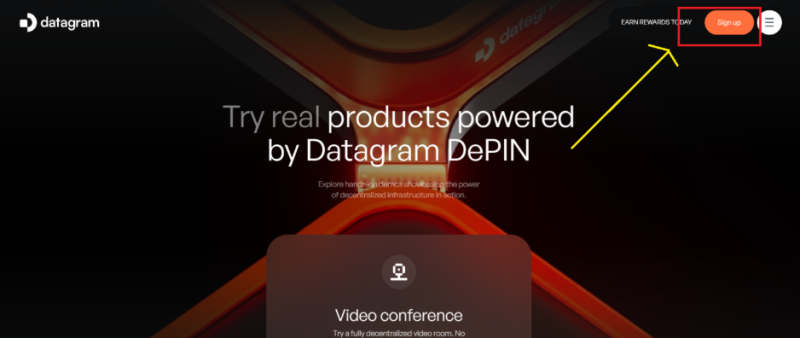
Step 3: Install the Node Software
-
For Windows: Download the
.exeinstaller from the dashboard. -
Follow the installation instructions.
-
Log in again with your account inside the application.
-
Click “Connect” to activate the node.
Node software is also available for Linux and macOS.
https://dashboard.datagram.network/wallet
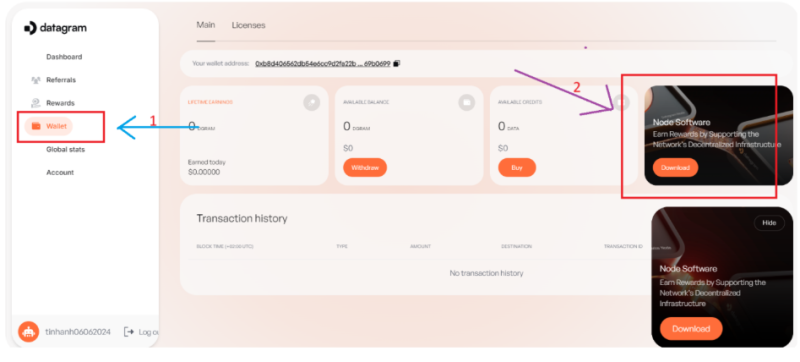
Step 4: Verify Node Status
-
Return to the dashboard.
-
Check the status indicators:
-
Online → Node is active
-
Connected → Node is contributing to the network
-
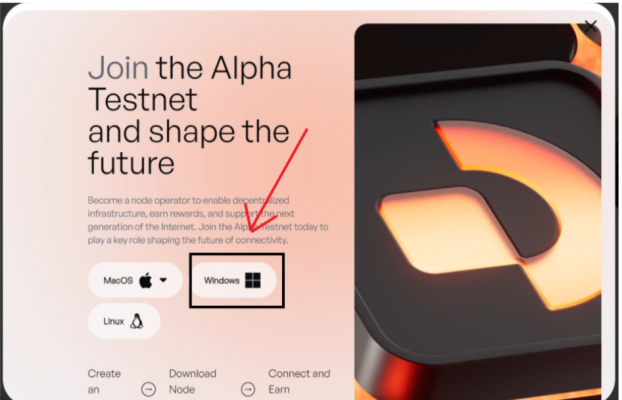
-
6. How to Earn with Datagram Network
Currently, earning is based on contributing resources during testnet. No direct token payouts exist yet, but users accumulate points.
Key Earning Mechanisms:
-
Running Nodes 24/7: Consistent uptime is crucial.
-
Providing Bandwidth: Faster internet connections handle more data requests.
-
Contributing Hardware: Devices with better RAM and storage improve performance.
When Datagram Network launches its mainnet, it is expected that these points will translate into token rewards via airdrop.
7. Tips to Optimize Your Node
To maximize your chances of future rewards:
-
Run continuously
-
Keep your node online 24/7.
-
Consider using a VPS if your home computer cannot run nonstop.
-
-
Maximize bandwidth
-
Faster upload/download speeds serve more requests.
-
-
Stable setup
-
Avoid random shutdowns.
-
Ensure your system is properly configured.
-
-
Monitor performance
-
Check your dashboard regularly.
-
Resolve any downtime issues quickly.
-
By following these tips, you can increase your point accumulation and improve your potential airdrop allocation once the token launches.
8. Comparison with Other DePIN Projects
Datagram Network is part of the larger DePIN trend, where blockchain incentivizes users to contribute real-world infrastructure.
Project Focus Area Reward Model Current Status Helium Wireless Networks (5G, IoT) Earned HNT tokens Mainnet Grass Bandwidth Sharing Earn points → tokens Testnet Meson Web Acceleration Token rewards planned Active Datagram Decentralized CDN Earn points → airdrop Testnet Datagram’s unique advantage is targeting the CDN industry, which is a multi-billion dollar market. If executed successfully, it could disrupt traditional Web2 CDN giants.
9. Risks and Considerations
While Datagram Network is promising, participants should be aware of potential risks:
-
No token yet: Rewards are not guaranteed until the mainnet launch.
-
Hardware strain: Running nodes continuously consumes energy and resources.
-
Project uncertainty: Like all startups, there is always the possibility of delays or failure.
-
Security concerns: Download software only from the official website to avoid malicious versions.
10. Conclusion
Datagram Network represents an exciting step forward in the DePIN movement by creating a decentralized CDN. Through community-driven infrastructure, it aims to make content delivery faster, cheaper, and more reliable.
For participants, running a Datagram node during the testnet is an opportunity to:
-
Support decentralized internet infrastructure.
-
Contribute unused bandwidth and computing resources.
-
Potentially earn future token rewards via airdrop.
✅ If you’re curious about DePIN and want to explore decentralized infrastructure projects, Datagram Network is worth considering. Just remember that the current rewards are speculative, and you should only participate with resources you can spare.
📌 Quick Recap
Category Details Project Datagram Network Industry Decentralized CDN (DePIN) Earning Model Run nodes → Earn points Current Phase Testnet Expected Rewards Token airdrop at mainnet Official Dashboard Datagram Node Dashboard
Final Note: Content quality and consistency remain the most important factors in growing any online presence. Just like with Google AdSense or Ad Manager, long-term success depends on reliability and trust. Datagram is not a guaranteed income source, but it is an innovative way to explore the Web3 infrastructure economy.
-

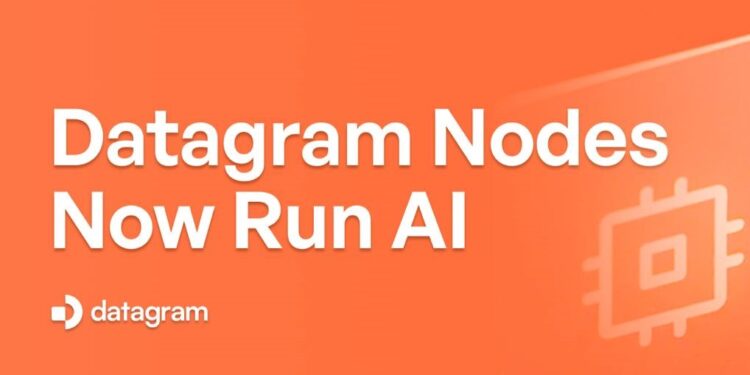

![Browser Cash [Depin/Node]: Earn Passive Rewards Easily](https://sinhmmo.com/wp-content/uploads/2025/09/Browser-Cash-Depin-Node-350x250.jpg)
